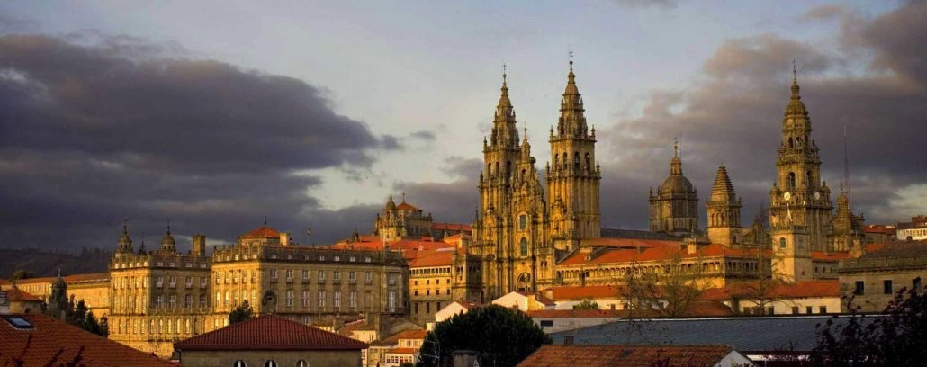Speaker
Description
$^{13}$Li is a neutron-rich unbound nucleus that decays into the halo nucleus $^{11}$Li via the emission of two neutrons. Studying such a system can lead to a better understanding of neutron-neutron correlations in the atomic nucleus. This study has been performed using the SAMURAI facility [1] at RIBF, RIKEN, Japan, with a high-intensity beam and a setup with large acceptance, allowing a better resolution and efficiency than achieved in past measurements at GSI [2] and NSCL [3].
A beam of 14Be impinges on the liquid hydrogen MINOS target [4], producing the $^{13}$Li isotopes via a (p,2p) reaction. The vertex of interaction is then reconstructed thanks to the tracking system around the target. The two decay neutrons are detected in the NEBULA array, and the remaining $^{11}$Li is detected in a hodoscope [5]. Thanks to the reconstruction of the momenta of all the decay products with the aforementioned detectors, the invariant masses of the $^{11}$Li-n-n system, the $^{11}$Li-n system and the n-n system are computed. With this quantity, more information on the spectroscopy of $^{13}$Li, such as the energy of the neutron resonances, can be provided. Using correlation plots of the Jacobi coordinates of the system [6], information on the nature of the decay (e.g. sequential or direct) can also be deduced.
[1] T. Nakamura, Y. Kondo, Nucl. Instrum. Methods Phys. Res. B 376 (2016) 156-161
[2] Yu. Aksyutina et al., Phys. Lett. B 666 (2008) 430-434
[3] Z. Kohley et al., Phys. Rev. C 87 (2013) 011304(R)
[4] A. Obertelli et al., Eur. Phys. J A 50 (2014)
[5] T. Kobayashi et al., Nucl. Instrum. Methods Phys. Res. B 317 (2013) 294-304
[6] R.J. Charity et al., Phys. Rev. C 84 (2011) 014320
| Topic | Experiment |
|---|

